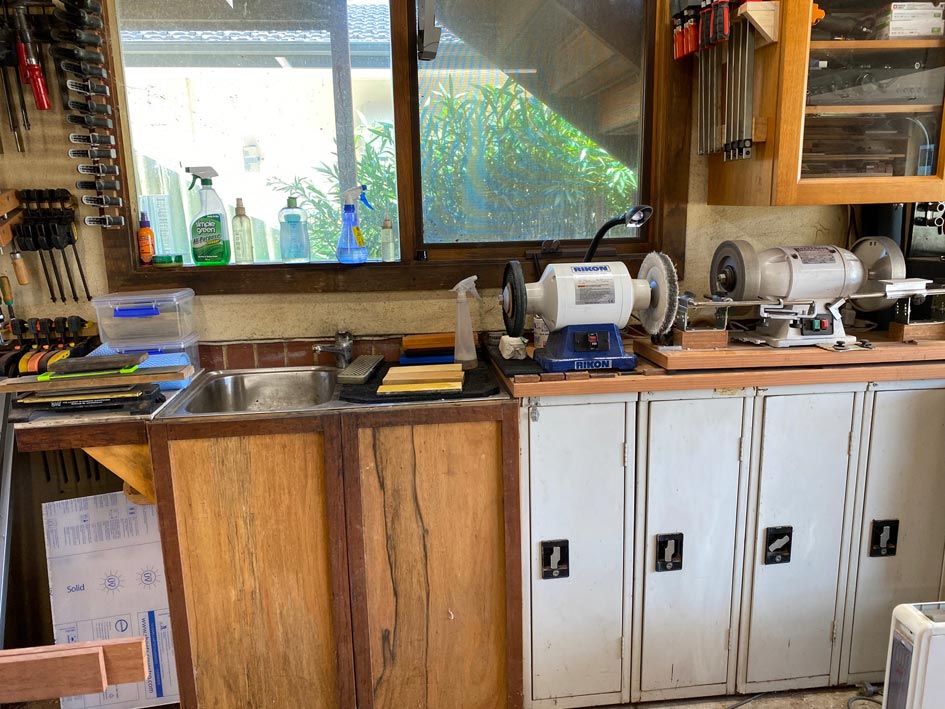full speed here is typically 3450-3600 rpm, but anything high 2000s or more is probably "full speed"., maybe for no reason other than the electric cycles?
Electricity is 60hz here.
If it's 50hz where you are, then maybe that's about proportional compared to that range.
Half speed grinders here are generally around 1725 rpm or a little more.
The speeds you mention would be fine. I wouldn't want a slow speed 6" grinder, it's just encouraging you to increase pressure to make up for wheel speed and there's some balance where that becomes a problem. On everything that has any kind of speed.
Electricity is 60hz here.
If it's 50hz where you are, then maybe that's about proportional compared to that range.
Half speed grinders here are generally around 1725 rpm or a little more.
The speeds you mention would be fine. I wouldn't want a slow speed 6" grinder, it's just encouraging you to increase pressure to make up for wheel speed and there's some balance where that becomes a problem. On everything that has any kind of speed.

































